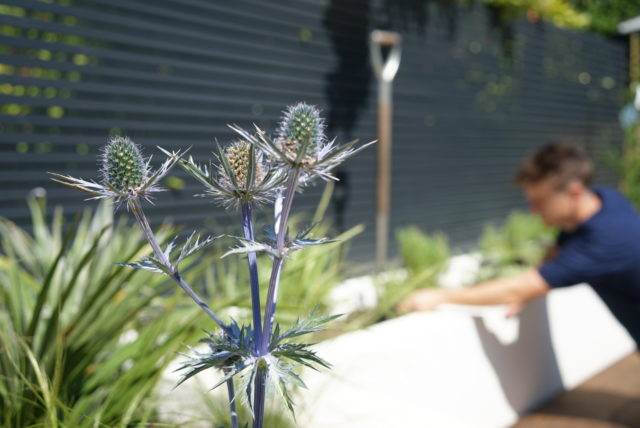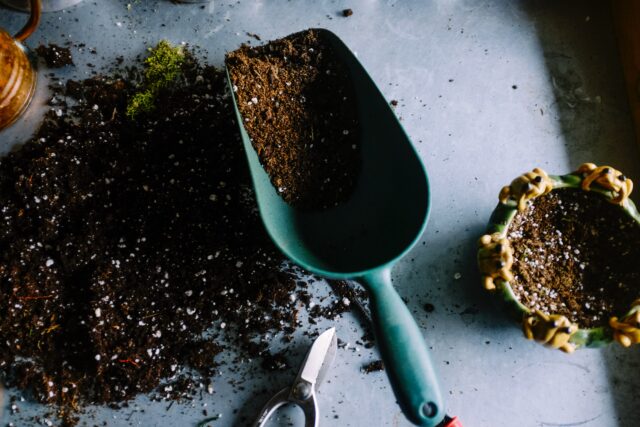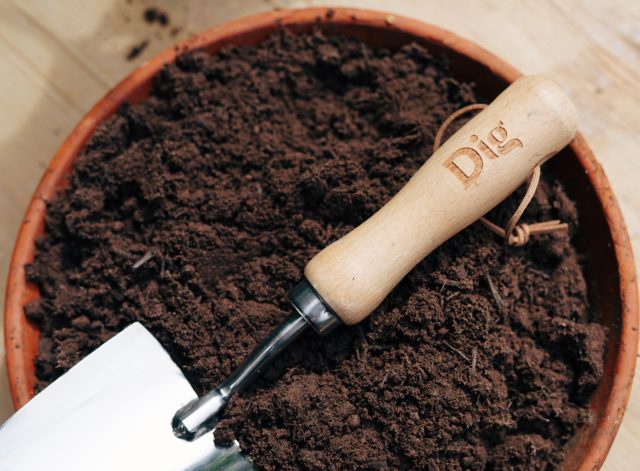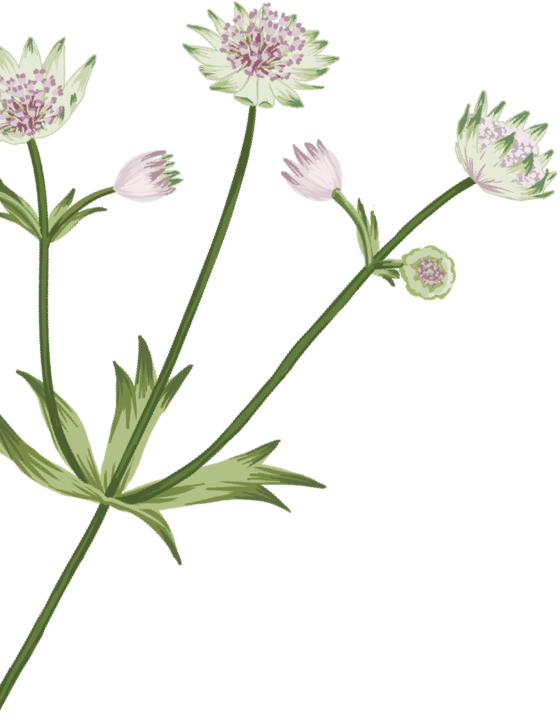Still time to plant
Autumn is a perfect time to plant a garden for a host of reasons. From less watering, to allowing plants more time to establish strong roots before activity starts happening above ground again in spring, planting now gives your plants the best possible chance at the best possible display in the new year. And, with our autumns becoming increasingly warmer, this period lengthens a little more every year. One of the small benefits to climate change…
So, before we get into your jobs for this month, if you’re thinking of planting a garden, or adding to your existing garden, terrace or balcony – there is still plenty of time to do so before winter sets in. To explore Dig’s themes and consider how you might transform your outdoor space, take a look at this section of our website!

Spring bulbs
Thinking ahead to spring, now is the time to plant bulbs. If you want a beautiful, surprising addition to your space in the new year, ordering and planting a selection of spring bulbs will not disappoint come March, April and May. From tulips to hyacinths, daffodils to honeybells, if you examine the packaging on your bulbs – whether online, in a supermarket or your trusty local garden centre – you can also purchase plants that will emerge throughout spring giving you a constant, rolling flow of colour and interest.
#DigTopTip – If you’re planting daffodils or other narcissi in a lawn or a bank and want to create a natural look, toss the bulbs in the air in groups of 3-5 and plant them where they land. This creates a sprung-up impression and avoids things looking too uniform.
Gardening for nature
As always, we like to include a few jobs for the garden that will particularly help local wildlife. Britain is a country of declining nature and so every small step we can take to facilitate its survival is a step in the right direction. Some of the jobs may seem counterintuitive to a neat and tidy garden, but done carefully and with thought, they can blend with your outdoor space perfectly to create a beautiful, natural habitat that both you, and the local hedgehog community can enjoy.
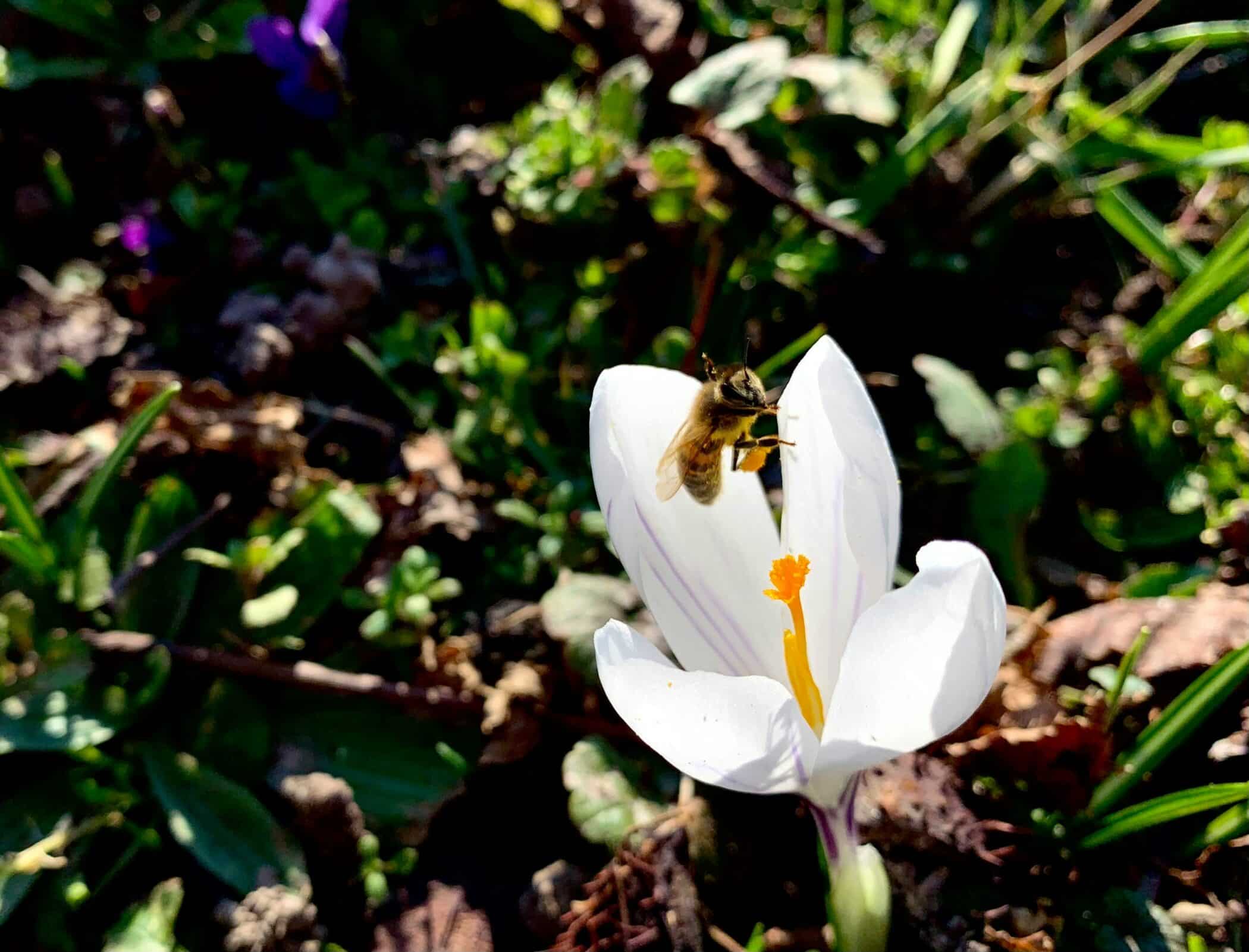
- Leave seed heads for birds and bugs – these can provide food, and even a habitat. They also look very pretty in the frost come winter.
- If you’re planting spring bulbs, consider the humble Crocus which provides excellent supplies of pollen for queen bees in the spring.
- If you’re pruning back shrubs and trees at this time of year, keep a few of the branches in a variety of widths to create a small log pile or branch stack. Tuck it away in a quiet corner of your outdoor space, to provide a vital habitat to hibernating insects.
- Stock up or install bird feeders. We promise you that they will bring you endless joy as more and more species discover them as the weeks and months go on. Birds can sometimes take up to two years to locate a new feeder and use it regularly so the sooner you install one, the sooner you will have a wide variety of wildlife visiting your garden. We have some of the most beautiful and under-rated garden birds in the United Kingdom and domestic gardens are a crucial habitat for them. With blue tits, dunnocks, robins, goldfinches, and if you’re lucky, even a nuthatch or woodpecker, if you’re anything like us, you’ll spend many peaceful hours staring at them out of the window.
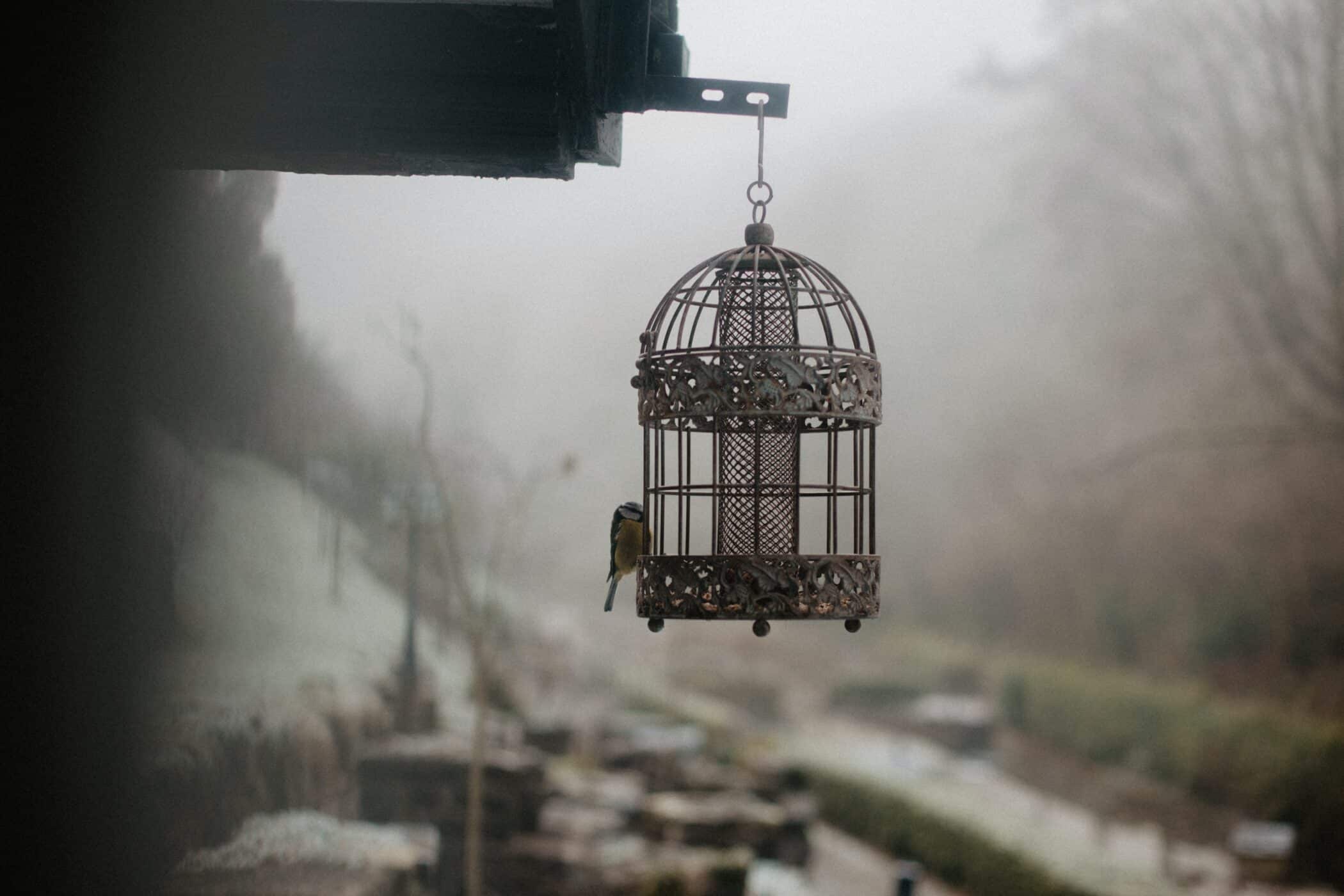
There’s still time to lift Dahlias
If you missed last month’s newsletter, take a look at this link here for a quick guide to lifting Dahlias and other tuberous plants.
Clearing debris
It’s not the most exciting job, we confess, but the impact that a bit of clearing can have on your outdoor space is immense. Dead leaves on a patio, exhausted annual plants, dirty and well-used garden furniture… all of the above and more is a good thing to address at this time of year. You will go into winter with a garden that you can enjoy looking out on, on a frosty morning perhaps, without a lurking guilty feeling and also avoid slippery surfaces.
Pruning sweetpeas and other climbers
Sweetpeas and other annual climbers can be removed from their supports. Be mindful of what you are cutting back though – many clematis like to be left alone for example. If you’re unsure whether your plant needs cutting back, just drop us an email at hello@digclub.co.uk or send us a photo via Instagram direct message
To read more about pruning with some more advice about what plants can be pruned at this time of year, take a look at this entire article on the subject!

Protect from waterlogging
Flooding and water-logging can have a significant impact on your plants. To prevent plants from rotting and subsequently dying following heavy rain, improve your soil through year-round cultivation. Raised beds benefit from an extra layer of protection such as stone edging and additional drainage throughout the planters using stones or grit. In addition, try lifting pots on ‘pot feet’ or bricks to allow water to drain – this also ensures that pots won’t be sitting in frozen water too.
Mulching
Mulching is an excellent eco-friendly gardening method that provides protection for your plants during winter especially when it comes to frost. Cover your garden beds with thick organic material now such as mulch or wood chipping to help prevent plants from freezing whilst reducing soil erosion from rainfall. It also helps to keep moisture in whilst you reduce watering your plants during the colder season.

